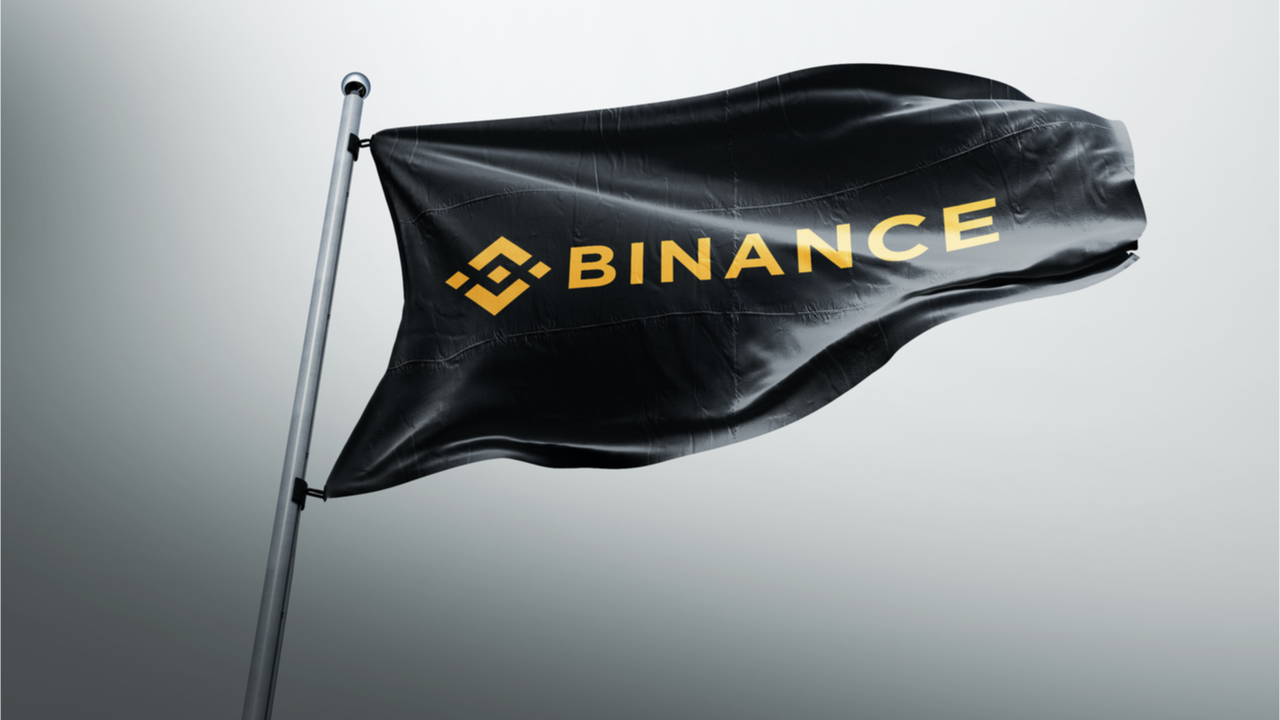|
Getting your Trinity Audio player ready...
|
The stablecoin market staged a comeback in May 2024, reaching a total market capitalization of $161 billion. This represents a modest 0.63% increase from the beginning of the month. However, despite this positive trend, stablecoins’ dominance in the overall cryptocurrency market dipped slightly, falling from 7% in March to 6.07% in May.
This decline can be attributed to a broader crypto market recovery fueled by the unexpected approval of a spot Ethereum ETF in the United States. The surge in other crypto asset prices drew some investment away from stablecoins, which are typically seen as havens during periods of volatility.
Centralized exchange (CEX) trading volumes also revealed a slowdown in stablecoin activity. On May 23rd, CEX trading volume for stablecoins hit a low of $829 billion. This slump likely reflects a general decrease in trading activity across CEXs following the Bitcoin halving event in April.
Tether Maintains Dominance, USDC and Athena USDe See Growth
Within the stablecoin ecosystem, Tether (USDT) continues to reign supreme. As of May 29th, USDT achieved a record market capitalization of $111 billion, solidifying its position with a 69.3% share of the stablecoin market.
Among other notable performers, Athena USDe’s market cap experienced its fifth consecutive month of growth, climbing 11.6% to $2.61 billion. This rise is attributed to its increased use as collateral for perpetual trading on the Bybit exchange.
BlackRock’s foray into the stablecoin market also saw positive results. Their tokenized fund, BUIDL, representing a share in the USD Institutional Digital Liquidity Fund, surged 19.6% to $448 million. This impressive growth surpasses Franklin Templeton’s BENJI and positions BUIDL as the largest treasury fund in the stablecoin space.
Circle’s USDC continued its upward trajectory, registering a market capitalization of $32.6 billion in May. This marks the sixth consecutive month of growth for USDC, aligning with increased demand reflected in record-high USDC trading volume pairs observed in March. Notably, USDC’s market share by trading volume also climbed for the second month in a row, reaching 8.27%. This positive momentum is further bolstered by USDC’s growing presence on networks like Base and Solana, with on-chain trading activity on these chains showing significant increases.
Regulatory Concerns and CBDC Developments
The report also touches on regulatory developments impacting the stablecoin market. The collapse of the Terra Luna ecosystem and the de-pegging of TerraClassicUSD (USTC) cast a long shadow, but the market seems to be recovering. However, concerns remain regarding upcoming regulations like the Markets in Crypto Assets (MiCA) framework in Europe. The potential delisting of USDT pairs from some platforms like Kraken due to MiCA compliance sparked temporary fears. While Kraken clarified there are no immediate plans to delist, European exchanges like OKX announced plans to phase out USDT pairs in response to MiCA regulations.
Central Bank Digital Currencies (CBDCs) also saw mixed progress. The US House passed a bill prohibiting the Federal Reserve from issuing CBDCs, while Brazil’s DREX digital currency pilot program faced a setback due to privacy concerns, delaying its launch to 2025. Nigeria’s e-Naira CBDC adoption also remains sluggish, with only marginal transaction increases since its October 2021 launch.
Also Read: Native Stablecoins Swell on Sui as Agora Adds AUSD Stablecoin to Network
Overall, May 2024 presented a mixed picture for the stablecoin market. While a rebound occurred, stablecoins lost some market share to resurgent crypto assets. Regulatory uncertainties persist, but established players like Tether and USDC continue to show growth. The future of CBDCs remains uncertain, with both progress and setbacks observed across different countries.
With a keen eye on the latest trends and developments in the crypto space, I’m dedicated to providing readers with unbiased and insightful coverage of the market. My goal is to help people understand the nuances of cryptocurrencies and make sound investment decisions. I believe that crypto has the potential to revolutionize the way we think about money and finance, and I’m excited to be a part of this unfolding story.




